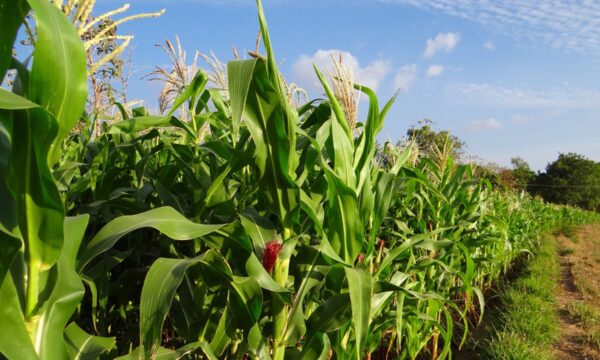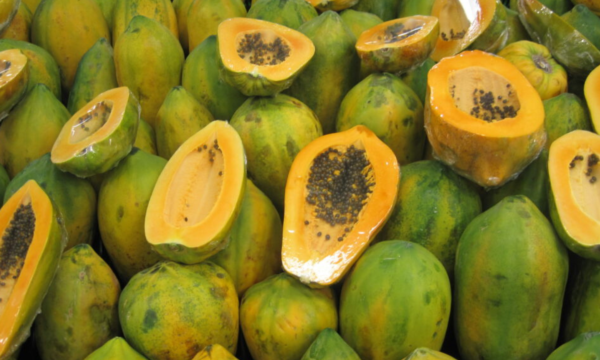 Black rot is considered the most important disease of crucifers across the world and can attack its host at any stage of growth. Cauliflower and cabbage are the most readily affected crucifer hosts and suffer significant yield loss as a result of the disease. On cabbage, black rot causes yellow to brown V-shaped lesions to develop on the edges of leaves and move inwards towards the midrib. As the disease progresses, the lesions turn darker, and leaves may wilt and fall from the plant. In the advanced stages of the disease, veins in the affected area will darken.
Black rot is considered the most important disease of crucifers across the world and can attack its host at any stage of growth. Cauliflower and cabbage are the most readily affected crucifer hosts and suffer significant yield loss as a result of the disease. On cabbage, black rot causes yellow to brown V-shaped lesions to develop on the edges of leaves and move inwards towards the midrib. As the disease progresses, the lesions turn darker, and leaves may wilt and fall from the plant. In the advanced stages of the disease, veins in the affected area will darken.
The disease is causes by a bacteria, Xanthomonas campestris pv. campestris, which can be spread via wild hosts, water or, most commonly, infected seed. Even symptomsless plants may produce infected seed so it is important to try to source certified disease-free seed before planting. For more information about how to control this disease, read September’s Factsheet of the Month, Control of Black Rot in Cabbage, which has been written by staff from the Ministry of Agriculture in Grenada.
Plantwise Factsheets for Farmers are produced by partners in Plantwise countries for use by plant doctors and extension workers who provide advice to farmers. To see more about the content held on the Plantwise knowledge bank, please click here.
Related News & Blogs
How plant clinics are strengthening crop health services in Bangladesh
When the first-ever plant clinic in Bangladesh opened in Dhaka in 2013, it initially faced a lack of interest due to its novelty and limited awareness among farmers. However, it went on to expand, providing advice to over 17,000 farmers and led to the…
2 July 2025




